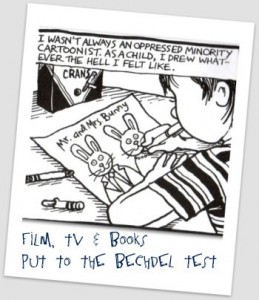by Candice Frank
What makes an environment diverse? A fulfilled quota? The“token [insert race here]” guy or girl? In my opinion, a place may be statistically diverse; but if the different types of people in that place never integrate, communicate, or work together – what good is diversity?
Despite the fact that there is a decent amount of minorities at Syracuse University, the campus is very segregated. Syracuse is known as one the most segregated schools in the country. College Prowler states:
“Although Syracuse may not be the most diverse campus around, there are a significant number of minority students here. That said, pure numbers and statistics do not determine the true diversity level on a college campus; intermingling between cultures is what’s important. However, Syracuse, like many other “diverse” universities, shows a distinct lack of social interaction between people of different backgrounds.”
Read more: http://collegeprowler.com/syracuse-university/diversity/#ixzz1sMbY29VT
Sadly, Newhouse is also very segregated. In my Newhouse classes, I work on projects and discuss class-related topics with my white peers, but once outside the classroom, everyone goes their separate ways and there is little to no communication across racial lines. I believe that diversity is not only about having the numbers to show that different types of people coexist in an environment, but it is also about how much integration takes place. Of course you can’t force people to get to know each other or hang out just as you cannot make kids play with one another on a playground. It’s human nature not to be able to connect with everyone. However, a place will prosper greater when two forces work together towards the success of one thing instead of two forces working on opposite ends of the same goal. This is the benefit of integration.
“Do you want a collection of brilliant minds or a brilliant collection of minds?” –R. Meredith Belbin
Furthermore, diversity extends beyond race. Newhouse is 60% female and 40% male. Gender imbalance can have similar negative effects as racial imbalance. Gender and race are just two of the many factors that make an environment diverse. Diversity does not exist simply because a certain amount of minorities or a certain amount of females coexist in one place. That place can still be heavily segregated. They must actively promote progress in that environment by working together. In a sense, diversity is not only about quantity, but it is about quality as well.
If there is segregation, then diversity is useless. Diversity fosters progress while segregation hinders it. I love my school, but Syracuse has not quite grasped this ‘integration’ aspect of diversity. A diversity initiative in each department of study would be a great start.
“Coming together is a beginning. Keeping together is progress. Working together is success.” – Henry Ford




